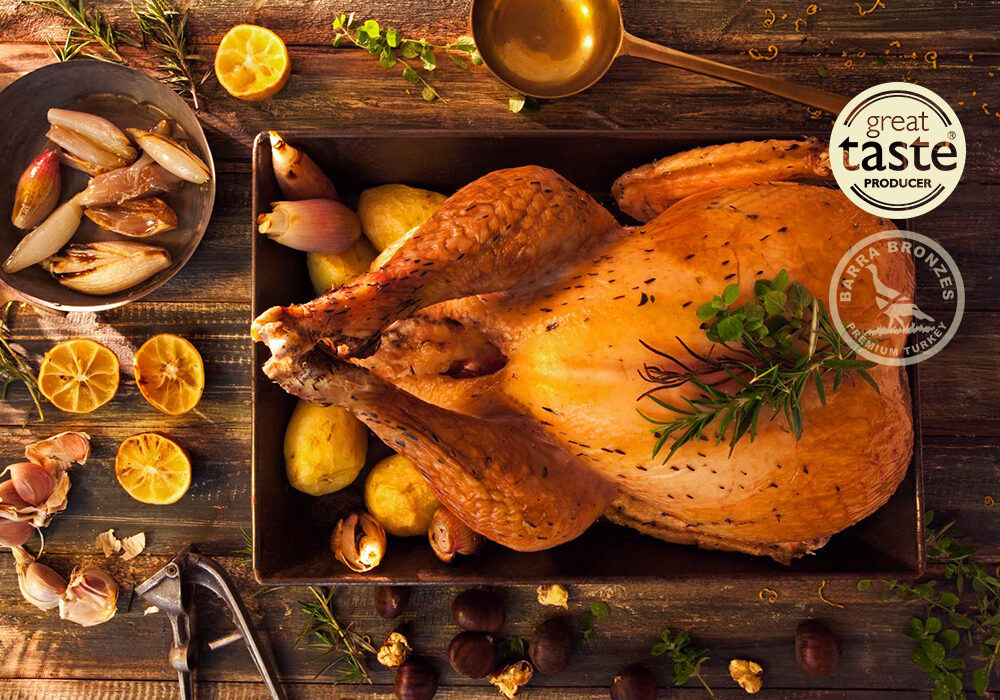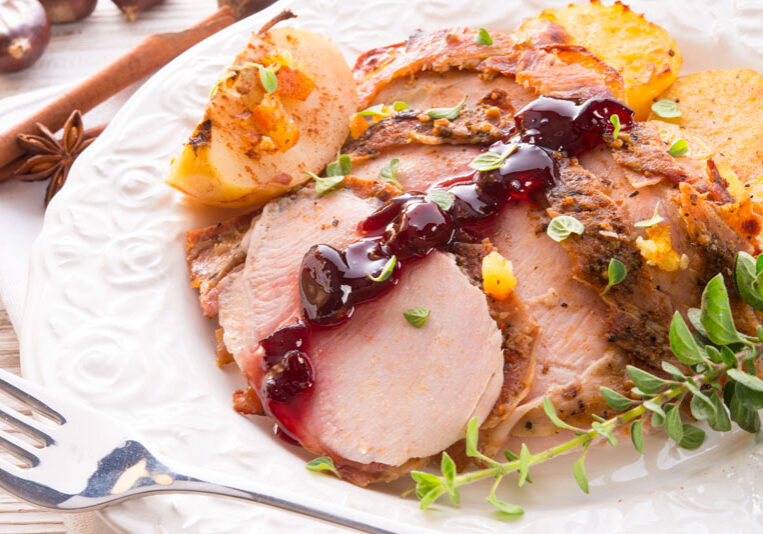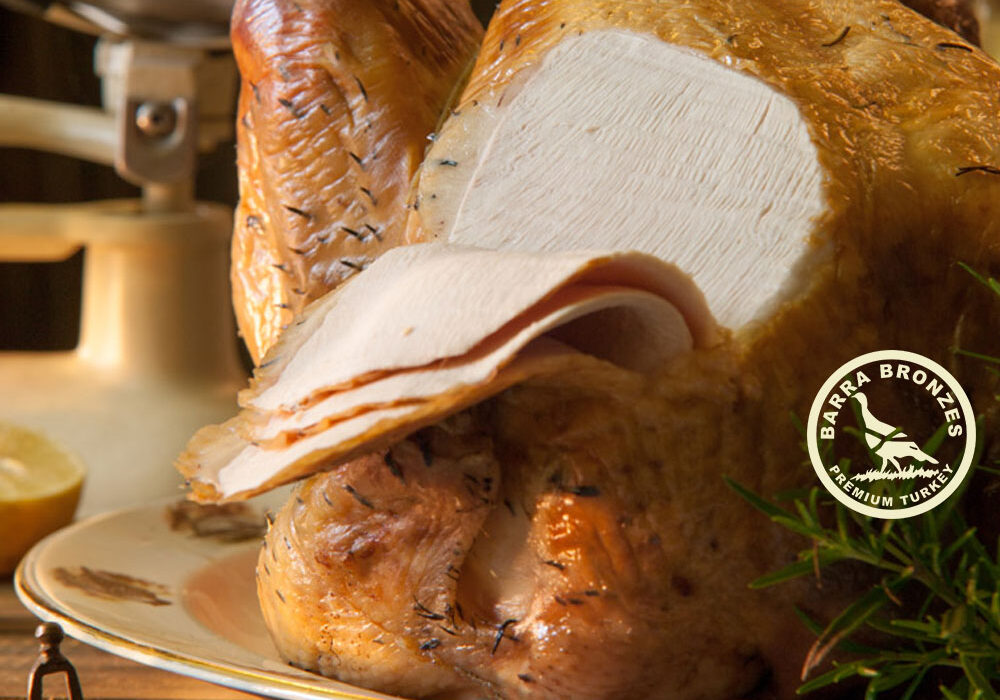Planning Your Feast: From Menu to Shopping List
As you embark on your journey to host the quintessential family Christmas feast, the initial step — planning your menu and crafting a meticulous shopping list — is paramount. This process not only alleviates the pressure of cooking for the family but also sets the stage for a seamless and enjoyable holiday.
Start by envisioning the overall feel and flow of your Christmas dinner. Consider classic dishes that resonate with festive tradition, perhaps a succulent roast, hearty sides, and a decadent dessert. However, be mindful of your guests’ dietary preferences and restrictions to ensure everyone leaves the table satisfied.
Once your menu is decided, draft a detailed shopping list. Segment this list by food categories or even by the aisles of your preferred local supermarket — this small step can significantly reduce time and stress during your shopping excursion. Remember, the key to a successful feast lies in the quality of ingredients. The next section of our guide will delve into tips for sourcing the best local produce, meats, and other essentials, ensuring the freshness and taste of your dishes are second to none.
Furthermore, to manage your time effectively and avoid last-minute hurdles, consider which dishes can be prepared ahead of time. The upcoming segment, “The Art of Timing,” will offer practical tips on preparing certain elements of your meal in advance, allowing you to enjoy the festive day with minimal kitchen chaos.
Finally, no Christmas feast is complete without a touch of elegance and festivity in the setting. In “Setting the Scene,” you’ll find inspiration for choosing the right tableware and decorations to create a luxurious and inviting atmosphere, perfectly complementing the lavish spread you’ve prepared.
By methodically planning from menu to shopping list, you set a solid foundation for a memorable and stress-free Christmas feast.
Tips for sourcing quality ingredients locally
Sourcing quality ingredients locally isn’t just about popping into the nearest supermarket; it’s about embracing the community and ensuring that every dish you serve is bursting with freshness and flavour. Here in the UK, we’re fortunate to have a rich tapestry of local farmers and producers who offer everything from fresh vegetables to organic meats.
Start by visiting your local farmers’ markets. These gatherings are a treasure trove of seasonal produce, and the people selling them are often the growers themselves. They can provide invaluable advice on how best to prepare their offerings. Plus, establishing a good relationship with these vendors can lead to learning about the peak seasons for their products, ensuring you always get the best quality.
Don’t overlook local butchers for sourcing meats. A knowledgeable butcher can be your guide to choosing the right cuts for your Christmas roast and other dishes. They often source their meat from local farms, guaranteeing you can provide a feast that’s not only delicious but ethically sourced.
For those special ingredients and spices, consider local specialty stores. They often stock items that can elevate your cooking from good to spectacular, providing that ‘wow’ factor to impress your guests.
Remember, the freshness and quality of your ingredients play a crucial role in the success of your feast. By choosing to shop locally, you not only support the local economy but also bring a story to each dish you serve, enhancing the overall experience of your family Christmas feast.
In the next section, “The Art of Timing,” we’ll explore how to efficiently prepare some of these ingredients in advance, ensuring that you can enjoy the festive day with your loved ones without last-minute kitchen chaos.
The Art of Timing: Preparing Ahead for the Big Day
As you’ve now neatly organised your festive menu and sourced the freshest ingredients, the next crucial step is mastering the art of timing. Proper preparation is key to ensuring that you don’t get stressed and can fully enjoy the celebration, rather than being tethered to the kitchen.
Start by determining which dishes can be prepared in advance. Desserts like Christmas pudding or pies can often be made a few days prior, freeing up much-needed oven space on the big day. Similarly, sides such as cranberry sauce, or even some salads can be prepped ahead and stored, ready to be served.
Draft a timeline for the dishes that require cooking on the day itself. Allocate specific times for each task, from roasting the turkey to steaming the vegetables. Make sure to factor in a little extra time for each step to manage any unforeseen delays without pressure.
Additionally, consider the layout of your kitchen and the tools you’ll need. Ensure everything is clean, functional, and ready to use. This might mean sharpening knives a few days before or checking that your oven is calibrated correctly.
By carefully planning when and how each component of your meal is prepared, you can orchestrate a symphony of flavours that emerges effortlessly. This strategic approach not only impresses your guests but also allows you the freedom to step away from the kitchen and cherish the joyful moments with your family.
With everything timed to perfection, you’re now set to add the final touches to your gathering. In our next section, “Setting the Scene,” we’ll focus on choosing the right tableware and decorations to enhance the festive spirit and complement your culinary achievements.
Setting the Scene: Creating a Festive Atmosphere
As your sumptuous dishes simmer to perfection, ushering in a palette of delightful aromas, the magic of Christmas truly begins in the details of your dining setting. For a gathering that speaks volumes of elegance and comfort, choosing the right tableware and decorations is as crucial as the feast itself.
Envision your dining table as a stage, where each piece of tableware is a performer in the grand ballet of your Christmas dinner. Opt for luxurious, high-quality linens—think crisp, white tablecloths and plush napkins that subtly whisper sophistication. Select dinnerware that complements the colour scheme of your decorations; traditional reds and greens might nod to the festive theme, while gold or silver accents add a dash of opulence that catches the light beautifully, enhancing the merry ambiance.
Centerpieces should be eye-catching yet not overpowering. A low arrangement of holly, ivy, and perhaps some elegant candles can create a warm, inviting glow without obstructing views across the table. This not only sets a festive mood but also sparks conversations, drawing your guests into a more intimate, joyful gathering.
Moreover, the soft flicker of candlelight can be magically transformative, softening the room and casting a gentle glow on your guests’ faces. Consider placing a series of candles along the center of the table or using tea lights scattered around to achieve this effect. In crafting this festive atmosphere, you weave together a backdrop that complements the culinary masterpieces you’ve so thoughtfully prepared. This setting doesn’t just serve as a feast for the taste buds but also feasts for the eyes, ensuring that the memories of this Christmas will linger in the minds of your family long after the last morsel has been savoured. With these elements in place, you’re ready to host a truly enchanting Christmas feast that captures the essence of the season and showcases your impeccable taste and planning.




Share: